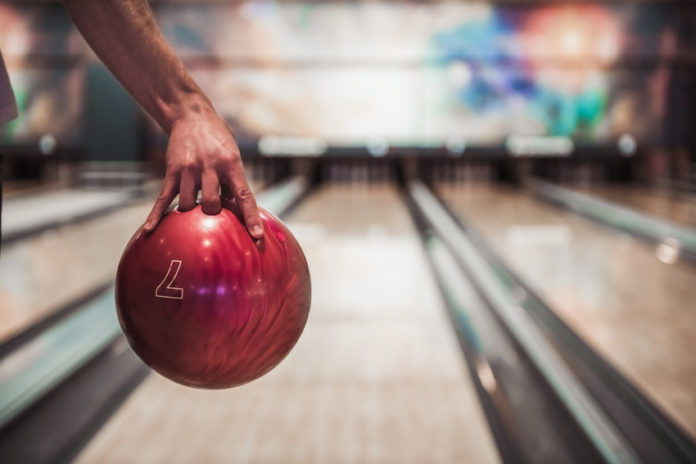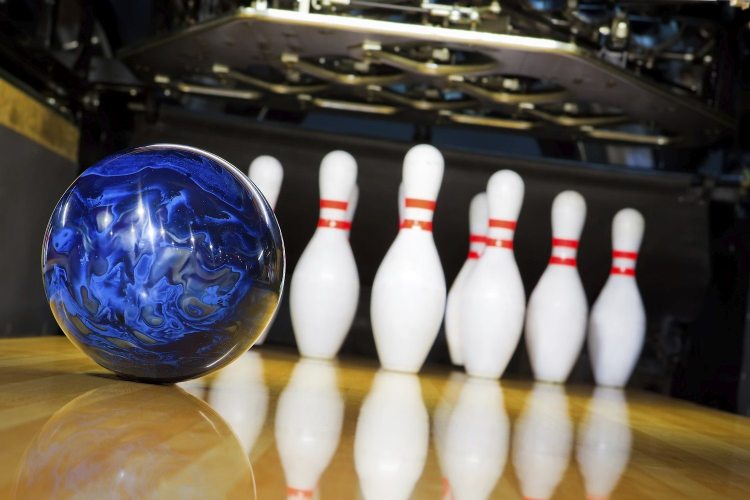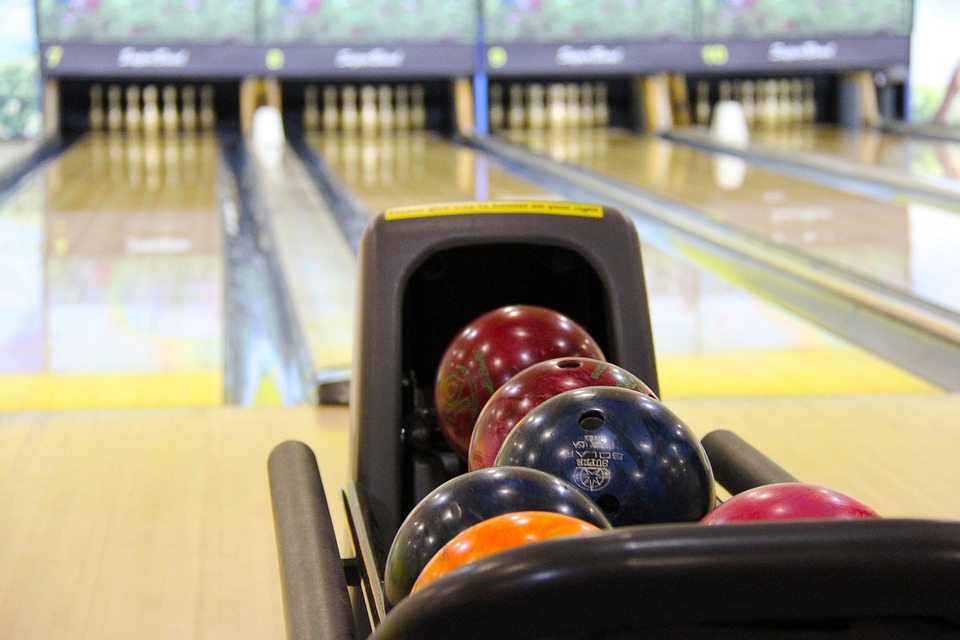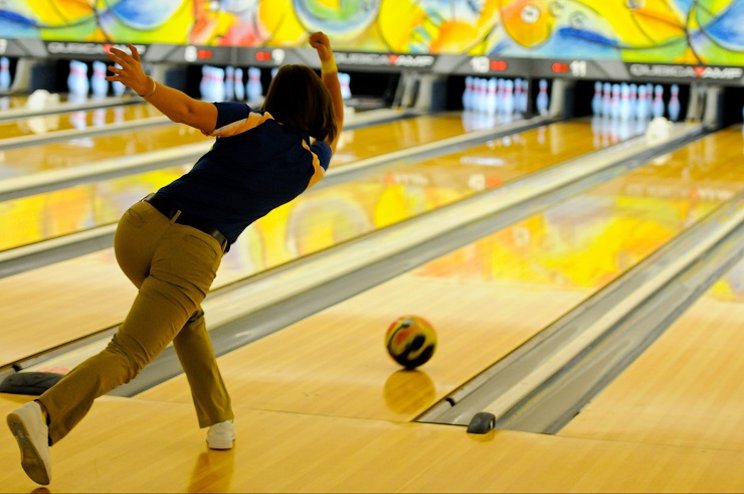
Every year, Americans spend about $6 billion on bowling. The sport — once considered only a recreational activity — continues to amass a considerable following. Most modern high schools even have a student bowling team.
However, beginning or intermediate bowlers often struggle to improve their game. Expert bowlers aren’t usually keen on sharing their tips and tricks, which can make it difficult for new players to master their technique.
Luckily, there is some handy bowling info available that can help you learn how to bowl a strike. If you’re seeking a higher score and a better game, you’ll want to keep reading for 7 expert tips.
1. Improve Your Bowling Technique

While this may seem like an obvious step, it can be challenging to determine how you should change and improve your technique. Watching pro tournament players in action is a great place to start, but not everyone is a visual learner.
If you’re the kind of person who learns better by reading, you may want to explore books about bowling techniques. If you’re a hands-on learner, you’ll want to hit the local bowling alley as often as possible.
Improving your bowling technique could be as simple as changing your footwork, or it could be a full-body training that involves your arms, hands, eyes, and feet. The amount of technical training you require depends on your current skill level.
Experts and pros are sometimes available for one-on-one or group training sessions. Take advantage of these opportunities. Not only will you be able to improve your technique, but you will also be learning from the best.
Though you may feel that your technique is perfect, there are certain aspects you can work on, no matter your skill level.
2. Be Prepared to Make Adjustments
Target line adjustments are a crucial aspect of bowling a strike. Getting the ball into the pocket isn’t as easy as bowling straight down the lane and using excellent technique and form.
The lane is likely covered in oil or conditioner to help the bowl make it to the pins. As you play, that oil shifts to different areas of the lane. You may find that some areas are slicker than others, and this will naturally change the course of your ball.
Making feet and target adjustments as you play can help you remain on-target. But choosing the right ball is just as essential.
3. Choose the Right Ball

The most massive legal bowling ball weighs 16 pounds. With higher weight comes greater velocity, so heftier balls tend to be more popular with beginning and intermediate players. However, a massive ball can hold you back.
Heavy bowling balls are likely to smack onto the lane and veer off into the gutter. Lighter balls are far easier to control and position, and they can also be mighty. Rather than relying on your ball to do the work for you, choose a lighter ball that allows you to practice your release and form.
As long as you are positioning yourself correctly and using the proper form, your ball will fly down the lane and into the pocket. Don’t rely on weight to get the work done for you!
4. Alter Your Bowling Form
Are you maintaining adequate form before and during the release? If not, you’ll want to make a few vital alterations.
When you swing your arm back before your release, you’ll want to keep it straight. At its zenith, it should only reach your shoulder. If you’re extending to far, you’re likely causing yourself some pain, in addition to warping your release.
Your second-to-last footstep toward the line should be the most powerful. This will generate the power to send the ball down the lane. Right-handed bowlers should power-step with their right foot, and lefties should try their left foot.
Unlike your arm, it’s okay to bend your knees a little when making your approach. Otherwise, you may damage your legs or back when releasing. Proper form not only makes for a better game, but it also helps to eliminate possible injuries.
5. Don’t Aim for the Pins

It’s only natural to aim for the pins. Baseball teaches you always to keep your eye on the ball, and football teaches you to watch out for opposing players. But with bowling, it’s more important that you aim for the arrows than the pins.
While this may seem confusing or wrong, give it a try. You might be shocked at how accurate your rolls become!
6. Shift Your Direction
Are you bowling spare after spare, with only one or two pins to the left or right remaining? Shift your feet toward the direction you keep missing. Do not adjust your target; solely focus on your feet.
Doing so will ensure that your ball hits the pocket perfectly, earning you that much-desired strike.
7. Use the Four-Step Approach

Your approach determines quite a lot. If you take too few steps and roll early, you may lose some momentum. If you take too many steps, you may void your roll.
Most bowling experts recommend the four-step approach, which is precisely what it sounds like. You take four measured steps toward the line, being sure to draw your arm back and ready for the pitch as you step.
Know-How to Bowl a Strike for Excellent Games
Using these seven tips, you can learn how to bowl like a pro! Remember, practice makes perfect.
You may want to consider investing in a mini-bowling alley for your home! Not only will you be able to practice your game in private, but you could also invite friends over for some personalized bowling time.
With the right equipment, including an adequately weighted bowling ball, you’ll never wonder how to bowl a strike, ever again! Every time those pins collapse, you can feel proud of your expert knowledge and technique.
Go ahead! Hit the lanes with your head held high! With these tips and tricks in mind, you’ll surely enjoy an excellent game and constant strikes.
Quality bowling equipment, like the equipment sold at www.murreybowling.com, can help you achieve unlimited strikes.
















